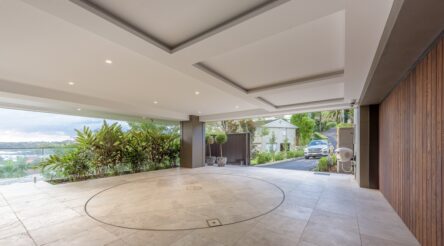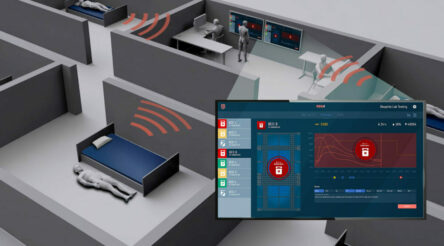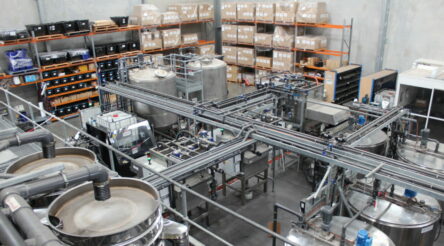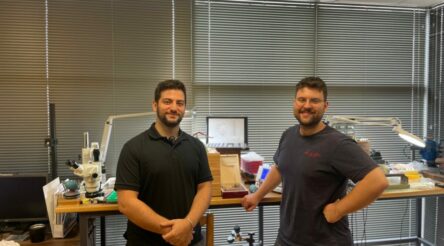Not handing out black boxes

The NSW Government’s Advanced Manufacturing Research Facility will become operational later this year. Brent Balinski speaks to David Fox from the AMRF – a sponsor of this title’s current Australia’s 50 Most Innovative Manufacturers campaign – about what it aims to achieve.
Later this year, the First Building in Bradfield City Centre, containing stage one of the NSW Government’s Advanced Manufacturing Research Facility, will be completed.
The AMRF was announced in May 2022. According to its website, it will be a first of its kind in Australia, help link an ecosystem of industry, research, and education, and help companies accelerate the adoption of new technologies.
So why does it exist? we politely ask David Fox, Associate Director Research & Technology at the NSW Government’s Western Parkland City Authority, which runs the Advanced Manufacturing Research Facility. Surely some of the things above – and the kinds of sophisticated kit the AMRF has been investing in, which might be out of the budget range of smaller companies – are traditionally handled by universities and other organisations.
He says the uniqueness is in the scale of what’s available – geared towards production rather than research – as well as knowledge transfer to users.
“So enabling employees of businesses, when they’re doing a project with us – and not even a project, just wanting to get some staff upskilled in some particular area – you can kind of come and work at the AMRF just to understand… the application of a technology,” he tells @AuManufacturing.
“And I think that’s probably a really important thing that’s not being met is that rather than asking for a solution and being given a solution and it’s sort of a black box, you actually get the opportunity to engage with the application of the technology and unravel how it’s done.”
The facility within the Western Sydney Aerotropolis — where the city’s second airport is scheduled to open in 2026 — describes its core manufacturing processes as in additive manufacturing, precision machining, composite manufacturing, automation, digitisation and metrology.
Fox, who worked as General Manager of an SME manufacturer before his current role, says that efforts were made in setting up the facility to avoid duplicating what exists elsewhere.
While some things invested in could be seen as a duplication, it’s really complementary to what is available elsewhere at publicly-funded facilities, “in actual fact it’s sort of a regional support that we do need,” he adds.
“So the moulding press is a unique example of that, it’s a very large 300-tonne press for high-production composites. And so there are some capabilities in that in Melbourne, but certainly the composite people in NSW really wanted that capability,” he explains.
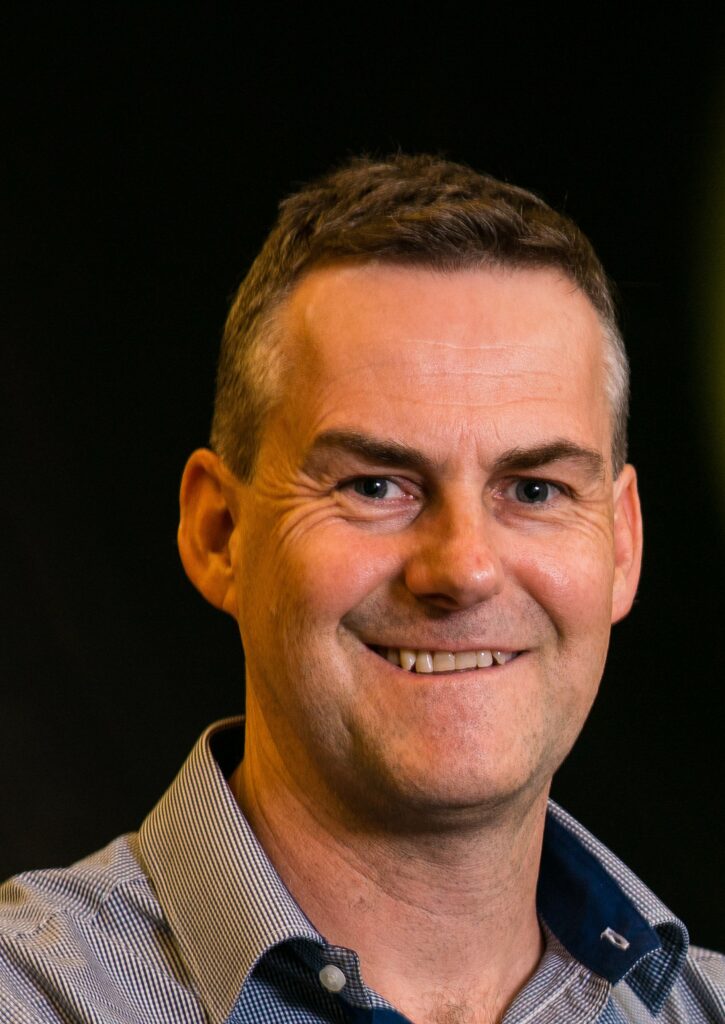 “The large format additive is another special case, we’re looking at something really unique there in having that capability available. And that really complements what universities have done with the smaller footprint machines; this is just a bigger footprint machine.
“The large format additive is another special case, we’re looking at something really unique there in having that capability available. And that really complements what universities have done with the smaller footprint machines; this is just a bigger footprint machine.
“It’s probably not evolving the processes any more than what universities are already doing, but it’s providing it in a format that’s more suitable to industry.”
A call for first projects at the facility was made in November. According to Fox, they are assessing about 30 applications.
Projects might range from very low-end – ‘just come and machine this part. We just want to run a different tool on it, we want to run some different materials and see what we can do and see how hard we can push the machine or a tool’ – to more complex research projects on automated composite moulding.
“The idea is to enable a customer to understand how they could produce a product quicker and more effectively, and then to take that technology and that knowhow and go and do it in their own shop, in that commercial environment, which is where it belongs,” adds Fox.
In this episode of @AuManufacturing Conversations, we hear more about the lead-up to completion of the First Building, why Manufacturing Readiness Levels rather than Technology Readiness Levels are where it’s at for AMRF projects, and more.
Episode guide
1:18 – Fox’s personal background, and moving from an SME manufacturer to a government role.
2:25 – The technology team he works with at AMRF.
3:05 – Some differences between the facility and a university lab.
4:27 – Making sure they are maybe complementing but not duplicating what already exists.
6:01 – Timetable for opening this year.
6:47 – What they’ll be doing for Australian Manufacturing Week in April.
8:02 – On innovations of the incremental kind.
10:32 – Doing projects with AMRF and the recent round of applications for this.
12:55 – What they won’t be doing, including operating as a jobbing shop.
14:13 – Why the manufacturing brand could do with some polishing.
Australia’s 50 Most Innovative Manufacturers is an annual campaign by @AuManufacturing. It has been made possible through the generous support of MYOB, CSIRO, the NSW government’s Advanced Manufacturing Research Facility, and the Commonwealth Bank. Be sure to check back at this website for regular updates, including profiles of nominees and other information.

@aumanufacturing Sections
Analysis and Commentary Awards Defence Manufacturing News Podcast Technology Videos







